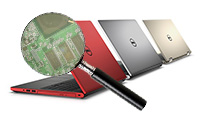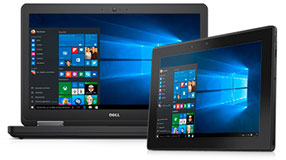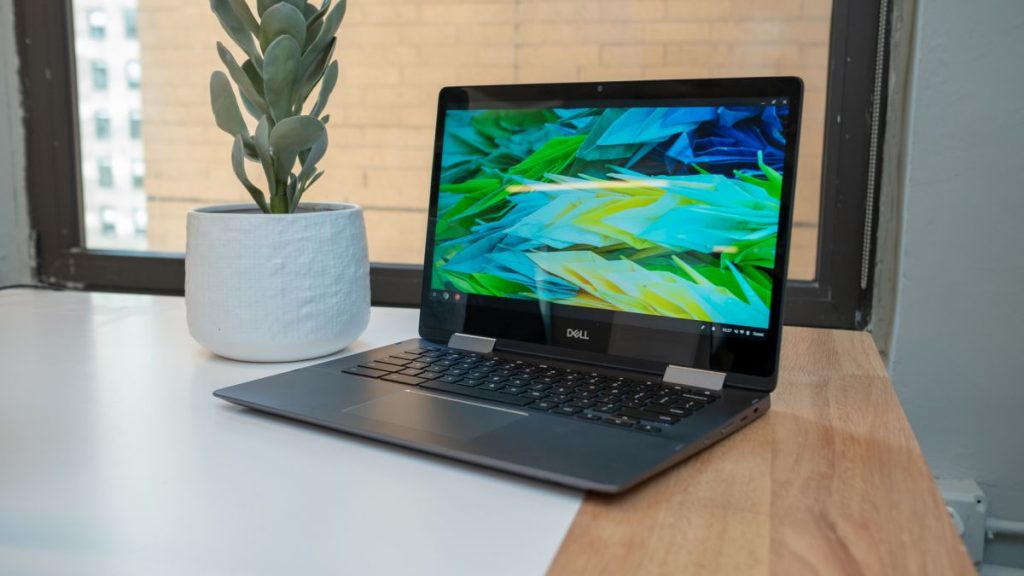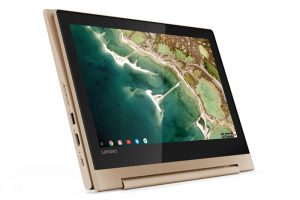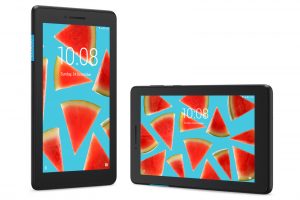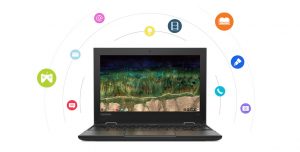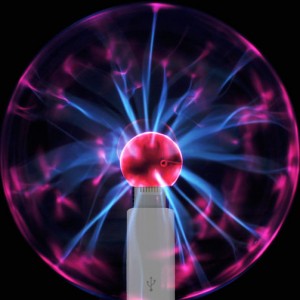

What It Does
In fact the commercial advertising phrase "new and improved" comes to mind, because PC towers, laptops, smartphones, and peripherals such as displays, external drives, and cameras will be able to receive far more power for either operating those devices or charging their batteries, while simultaneously transferring data bidirectionally at USB 3.0, or 2.0 speeds.
The USB PD specifications have been developed by the USB Implementers Forum, which is a consortium of companies including Texas Instruments, ST-Ericsson, Renesas Electronics, and as would be expected, Intel, Microsoft, and Hewlett-Packard (HP). That USB Power Delivery standard will provide more than a ten-fold increase in power delivery.
According to Jeff Ravencraft, the president of the USB Implementers Forum, their intent is to standardize power connectors for peripherals and computers in much the same way it is now standardized for most mobile phones. The consortium of companies has also developed a new audio / video specification for transferring data over a USB cable, with the intent of eventually transferring video, audio, power, and data over a single cable.
Why It Matters
The most recent USB 3.0 ports can deliver only 4.5 watts of power for operating devices or charging batteries. USB 2.0 is even more limited and able to provide only 2.5 watts. Even with USB BC, a special battery charging standard, only 7.5 watts can be delivered.
The issue is simple. Many devices need far more power delivered in a range of 10 watts to as much as 100 watts, and the USB PD (Power Delivery) standard will be able to do that safely. That new PD standard will offer five profiles for delivering 10, 18, 36, 60, or even 100 watts for a variety of computers and peripherals. There will also be a sixth yet to be defined profile, apparently for future technology upgrades.
It Speaks
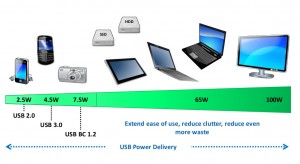

Wrap-up
According to two of the USB Power Delivery specification developers, instead of one size fits all, it will be "one USB cable does it all". Another advantage is that USB PD will allow for battery chargers to become far more universal, and should cut down on the amount of electronic waste going into landfills. That also would seem to make battery chargers more of a generic common commodity, and may reduce the cost of chargers.

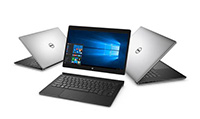 Laptop & Tablet Parts
Laptop & Tablet Parts